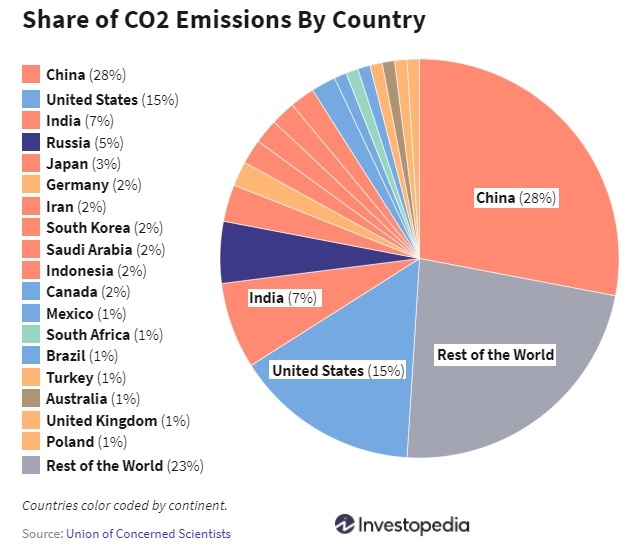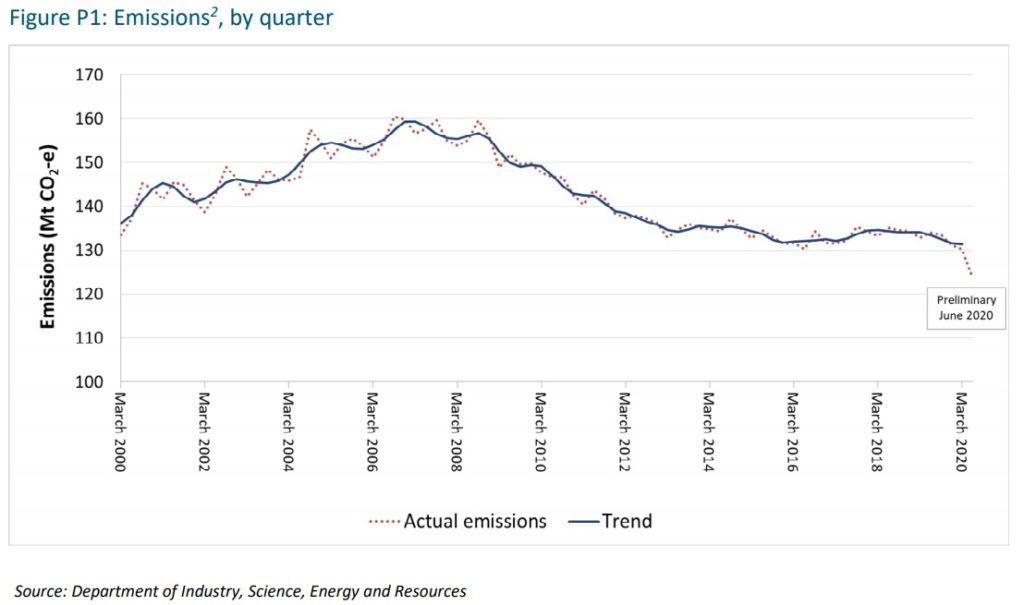Australia is to Stop using Carryover Credits.
Scott Morrison has stated that Australia is to stop using Carryover Credits to meet emissions targets, in line with the rest of the world.
What does this actually mean?
Using the definition below, it ‘could’ mean something like this:
Assume a country has a target of 8% per year.
- 1st year: save 11%. 3 more than needed.
- 2nd year: save only 7% but use the 3 from last year to say 10%, 2 more than needed.
- 3rd year: save only 7% but use the 1 from last year, to make 8%.
Effectively being
1st year: save 8%. The target.
2nd year: save 8%. The target.
3rd year: save 8%. The target.
4th year: 1% being brought forward.
The full three years total 25%. All three years combined exceed the cumulative target total of 24% for three years by using carryover credits.
But without Carryover Credits, only one year actually exceeded the target.
A different country may hit the same target exactly, every year for 3 years, with 8% per year, totalling 24%. That is lower than the first example with 25%. But they are classed as better with three years on target, compared to only one.
Therefore a 24% reduction is good, but a 25% reduction is bad.
These figures are pure examples to show how it COULD be defined.
The real numbers could be very interesting.
What are Carryover Credits
Carryover Credits (Kyoto carryover credits) are a carbon accounting measure by which nations count historical emission reductions that exceeded previous international goals towards its current targets.
In essence, carryover credits represent the volume of emissions a country could have released, but did not.
On 19th November 2020, Scott Morrison told senior business leaders that his government may NOT need carryover credits to meet its emissions reduction targets, because he is “confident our policies will get this job done”, and he characterised the carryover credits from the Kyoto period as analogous to “getting ahead on your mortgage repayments”.
Scott Morrison has confirmed Australia will attend the virtual “climate ambition summit” on 12 December to “correct mistruths” about the government’s heavily criticised record on emissions reduction.
Other countries are urging Australia to adopting a zero emissions pledge by 2050.
Australia’s current 2030 target is a 26%-28% cut below 2005 levels, without deploying the Kyoto-era (carryover credits) accounting concession. www.theguardian.com
Australian Share of World Emissions.
Australia produces 1.3% of the worlds carbon emissions.
The energy sector (comprising stationary energy, transport and fugitive emissions from fuels) continues to be the dominant source of Australia’s GHG emissions, accounting for 74% of net emissions.
If Australia was a smaller country, the transport cost in carbon emissions would be much smaller, but there is little that can be done about that, until all vehicles; cars, truck, planes etc., are carbon neutral.
Change in Australian Emissions 2000-2020.
Carbon Emissions from Natural Events.
Australian Emissions can vary significantly from year to year, with extreme events such as bushfires and drought, which lead to major loss of carbon from vegetative and soil sinks.
The historic wildfires in Australia likely unleashed about 1 billion tons of carbon dioxide into the atmosphere, equivalent to nearly double the country’s total yearly fossil fuel emissions, according to scientists. (nbcnews.com)


